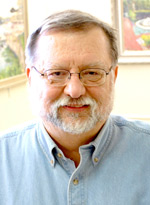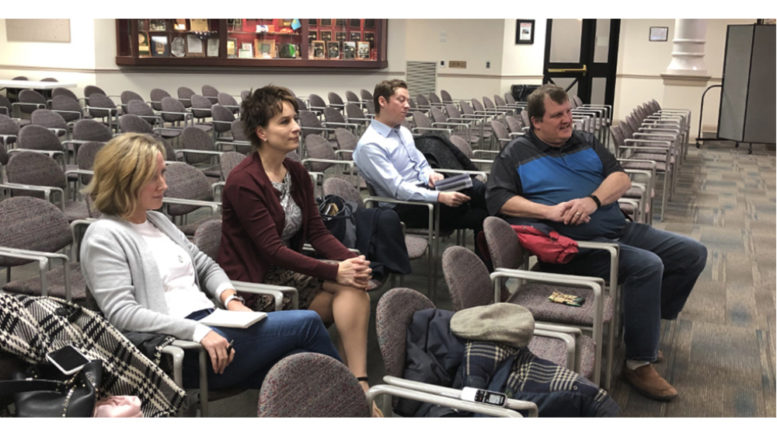 The Fishers City Council leadership just announced a series of monthly Council Connect meetings to allow a discussion with the public. The first session Tuesday night may have drawn a small crowd, but a lot of big issues were discussed.
The Fishers City Council leadership just announced a series of monthly Council Connect meetings to allow a discussion with the public. The first session Tuesday night may have drawn a small crowd, but a lot of big issues were discussed.
The first question from the audience asked the council members what they hope to accomplish with Council Connect. Council Vice President replied he hopes to talk about “topical events,” such as the construction on State Road 37 scheduled to begin in the coming months. He also wants to have these meetings in different areas of the city to allow residents in that area to ask questions of the council members.
Mayor Scott Fadness said his communications staff is “constantly trying to figure out, how do you reach people, how do you connect with people?”
In his experience, most contacts with residents hone in on their neighborhood concerns, such as traffic control, crime or someone in the neighborhood not mowing his grass. The turnout for broader policy discussions normally fail to stir interest.
The discussion then turned to social media. The mayor said his most popular social media posts deal with pictures of his family or food and restaurants. The mayor is concerned about public officials using social media contacts and adding them up as votes in the community. He tries to filter that through what is best for the city and is willing to let the chips fall where they may on social media.
“The things that are most popular (on social media) hands down are the things that people are entertained by – Portillo’s, Ikea, Topgolf, parks,” Fadness said. “The things that are most hotly debated in the small circle of political life are not the things that get the most consumption or energy or enthusiasm.”
The conversation then turned to mass transportation. The mayor said the Green Line, which would have been done on the Nickel Plate Rail Line, was last in line among the other transit lines in the Indianapolis metropolitan area, meaning local residents would be paying taxes for transit 10 years before seeing any benefit with mass transit services.
The state law would also require certain referendums be passed, and the polling in Hamilton County indicated little voter interest in approving a mass transit plebiscite, according to Fadness.
The mayor made his case that disruptive technologies are on the way that will dramatically change how we move around, and sinking large amounts of public money into traditional mass transit operations may not be the best policy at this time.
“I’m not supportive of raising people’s taxes to go buy into a technology that I don’t believe is going to be the future of how people move around,” said the mayor. That is one reason he chose to go with a trail along the Nickel Plate, the mayor said.
The mass transit discussion then turned to housing and how workers in businesses such as restaurants will find a place to live reasonably close to where they work. Many options were discussed.

